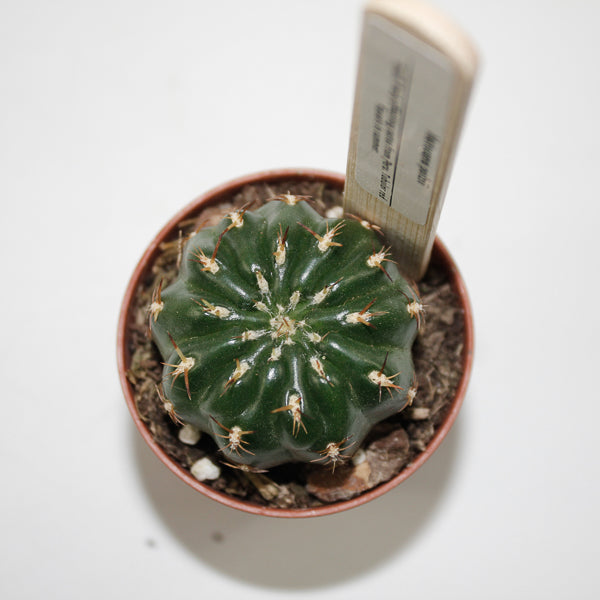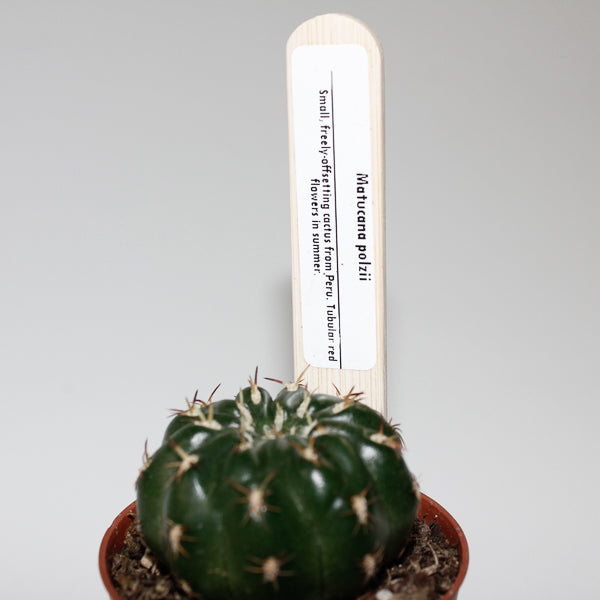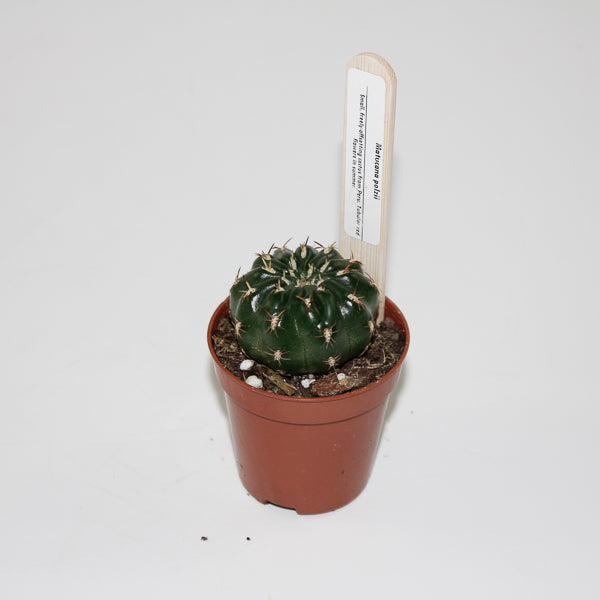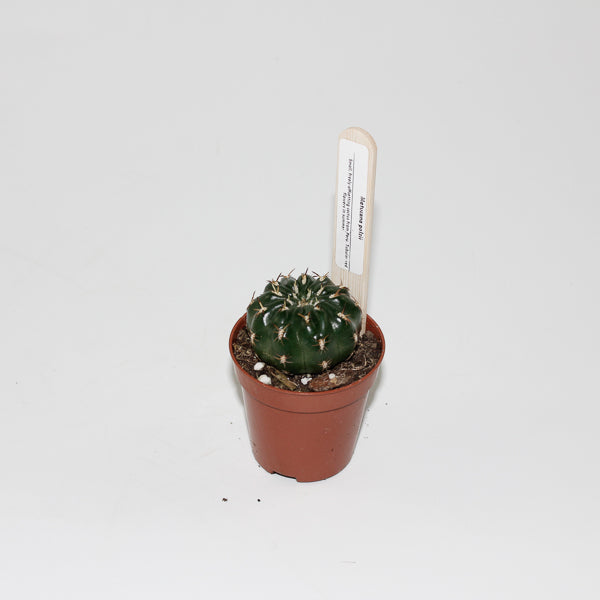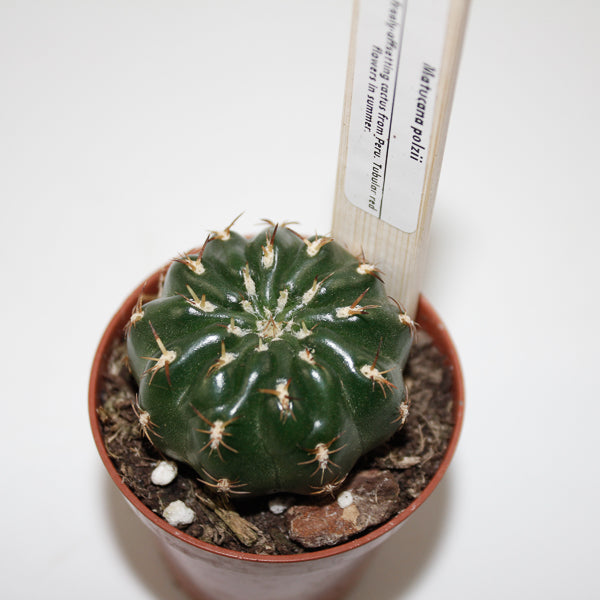1
/
of
5
Emm's Plant House
Matucana Polzii Ø5.5cm
Matucana Polzii Ø5.5cm
Regular price
£10.00 GBP
Regular price
Sale price
£10.00 GBP
Unit price
/
per
Taxes included.
Couldn't load pickup availability
Matucana polzii is a rare and beautiful cactus species native to the highland regions of Peru. Known for its striking, pink or red flowers that bloom in clusters, this cactus has a cylindrical shape with dense spines that cover its body. The plant’s vibrant blooms, along with its small, compact size, make it a sought-after specimen among cactus collectors. Matucana polzii thrives in dry, arid conditions and requires minimal care, making it an ideal addition to any cactus garden or succulent collection.
- Full Botanical Name: Matucana polzii
- Common Names: Matucana Cactus, Polzii Cactus
- Country and/or Region of Origin: Native to the highland regions of Peru
- Growing Conditions in Native Habitat: Grows in rocky, well-drained soils in high-altitude, arid environments with full sunlight and minimal rainfall
Care Guide
Care Guide
Share
